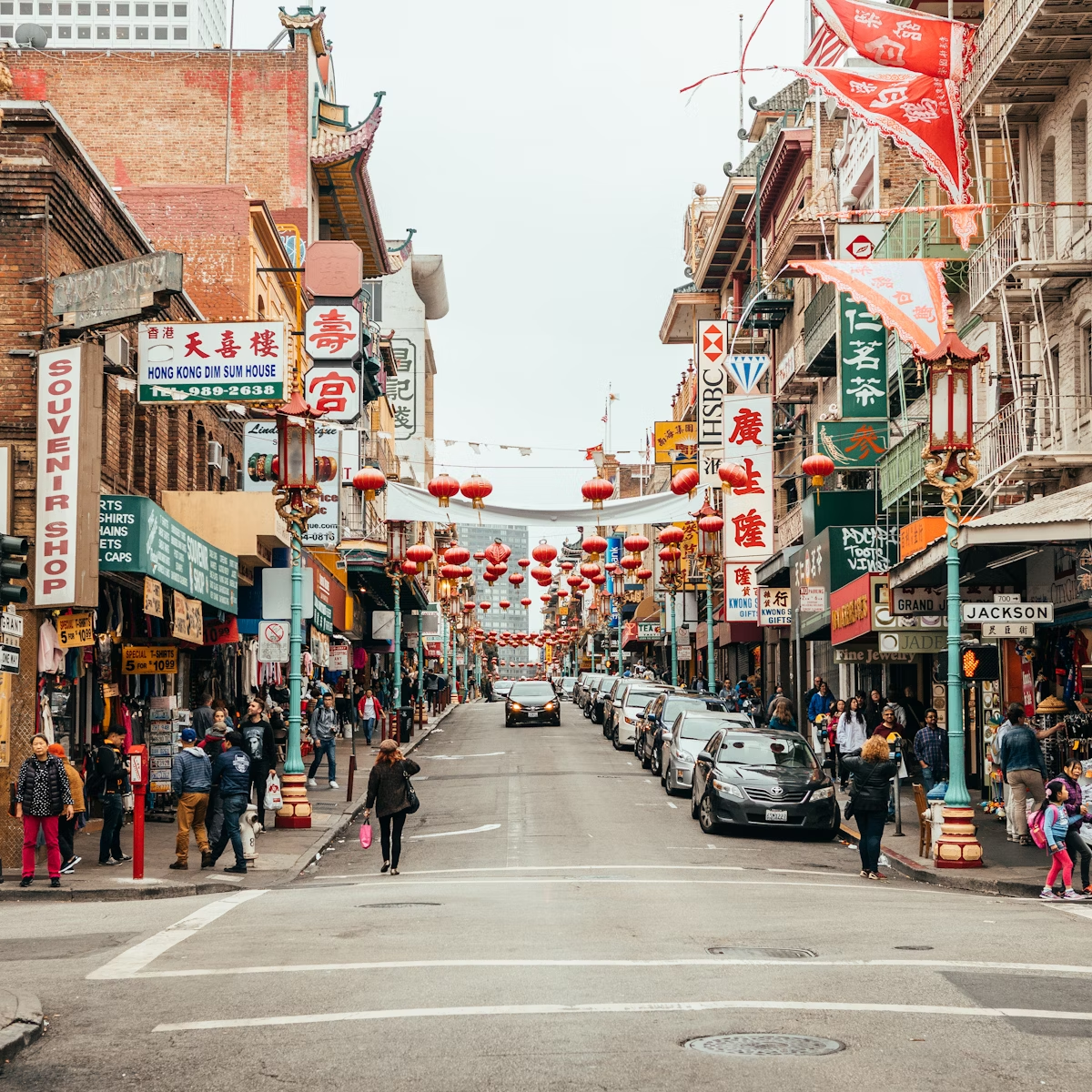Was it the fall of 1966 or the winter of ’67? As the Haight saying goes, if you can remember the Summer of Love, you probably weren’t here. The fog was laced with pot, sandalwood incense and burning military draft cards, entire days were spent contemplating trippy Grateful Dead posters, and the corner of Haight and Ashbury Streets became the turning point for an entire generation. The Haight's counterculture kids called themselves freaks and flower children; San Francisco Chronicle columnist Herb Caen dubbed them 'hippies.'
The history of the Haight goes back over sixty years before the Summer of Love heated up, however. The neighborhood's beautiful Victorian Painted Ladies were spared by the 1906 earthquake that wrecked and burned so much of San Francisco. Over the decades that followed, however, these once-gleaming single family homes were weathered by the Great Depression, split up into apartments during World War II, and nearly flattened by a proposed freeway in the 1950s. But in the decline, the seeds of counterculture had already been sewn.
The '60s in Haight-Ashbury
As David Talbot notes in his San Francisco history Season of the Witch, by the time the Golden Gate Park's Panhandle was threatened by the wheels of progress (and commuter's automobiles), the Haight was full of misfit residents used to providing one another support, and who were open to embracing new, diverse ideas. Here were Black homeowners sick of disenfranchisement, Beat poets priced out of gentrifying North Beach, members of the queer community spilling out of the Castro, and fired up students who had learned the art of activism on Freedom Rides in the southeast. City Hall didn't stand a chance against the Haight.
It was a place to find your people, and soon a new generation of young artists started moving in to now-iconic homes that continue to draw rock 'n' roll pilgrims. The Grateful Dead House became a major hub at 710 Ashbury. The legendary Hells Angels bikers were posted up practically next door at 715, while Janis Joplin briefly stowed her feather boas a block down the street at 635. 1090 Page Street was home to Joplin's backing band, Big Brother and the Holding Company (though now it's a block of condos). Cult leader Charles Manson briefly brought his "family" to 636 Cole, while Jefferson Airplane filled up the sprawling mansion at 2400 Fulton with Grace Slick's big voice. Meanwhile, Jimmi Hendrix wrote "Red Door" about his apartment at 1524A Haight Street.
Drugs poured in, including LSD, speed, and cannabis. So did plenty of youth from around the country eager to get away from mainstream America and experience the burgeoning counterculture first hand. The neighborhood's growing transient population would crash at rooming houses like the Red Victorian – a former hotel that was best known at the time as Jeffrey Haight – or at the apartments of acquaintances, or in Golden Gate Park. The Diggers, a radical anarchist and performance art collective, helped support the Haight's down-and-out with a network of free housing flops, health clinics, soup kitchens, clothing swaps, and artistic "happenings" thrown in collaboration with a carousel of hippie bands, dancers, and creatives, and especially the Grateful Dead.
It was a creative, open scene many feel nostalgia for – though not without its dark side. Writer Joan Didion arrived in 1967 to report on the Haight-Ashbury scene for The Saturday Evening Post and observed not the hippie utopia so many young people were searching for, but a crumbling jumble of lost drug-users who included, harrowingly, a five year old under the influence of LSD. In many ways Didion's essay predicted the rough decline into hard drugs and dilapidation that even the well-intentioned social network of Diggers and community activists couldn't hold back.
Haight-Ashbury today
The neighborhood gentrified throughout the 1980s, and many of the stately homes were restored. Today, the Haight is a mix of businesses old and new that reflect both its hippie legacy and the changing flavor of tech-era San Francisco. Still, flashbacks of all sorts remain a given in the Haight, which still has its swinging-’60s tendencies.
Spots like the indie Booksmith, Amoeba Music, and Magnolia Brewery, not to mention hazy outdoor hideaways like Hippie Hill, and Buena Vista Park, still hold a torch for the neighborhood's countercultural vibes. So do annual events like the Haight-Ashbury Street Fair. But you can also get a taste of how time has marched on at restaurants like Alembic, home to inventive fare like jerk-spiced duck hearts that you'd never find on The Diggers' menus. Or you can go even further back in time at Aub Zam Zam, a cash-only joint with jazz on the juke that's been pleasing the Haight since 1941.
Visit Haight-Ashbury today and you'll find the fog remains fragrant downwind of neighborhood cannabis dispensaries, and that tie-dye and ideals have never entirely gone out of fashion here – hence the prized vintage rock tees on the wall at Wasteland, organic-farming manuals in their umpteenth printing at Bound Together Anarchist Book Collective, and judgment-free treatment for bad trips and unfortunate itches at the Haight-Ashbury Free Clinic. At the corner of Haight and Cole, see you how far humanity has come in Joana Zegri's 1967 Evolution Rainbow mural, showing life forms evolving from the Pleistocene era to the Age of Aquarius. Who knows what the Haight will get into next.











